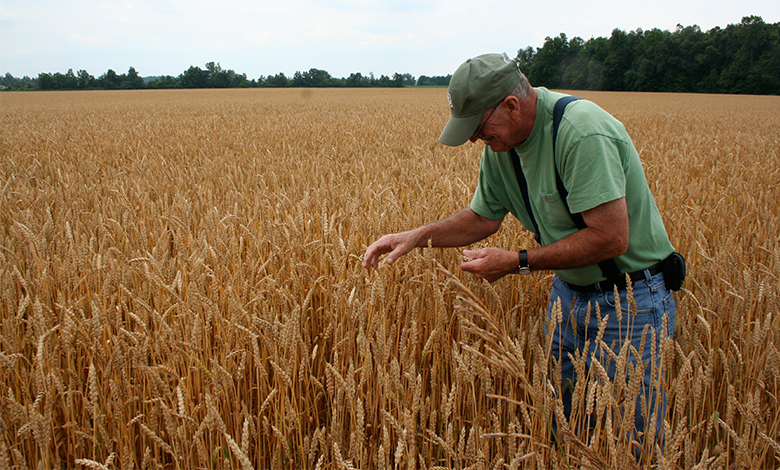| << Chapter < Page | Chapter >> Page > |

When you were younger did you babysit, deliver papers, or mow the lawn for money? If so, you faced stiff competition from a lot of other competitors who offered identical services. There was nothing to stop others from offering their services too.
All of you charged the “going rate.” If you tried to charge more, your customers would simply buy from someone else. These conditions are very similar to the conditions agricultural growers face.
Growing a crop may be more difficult to start than a babysitting or lawn mowing service, but growers face the same fierce competition. In the grand scale of world agriculture, farmers face competition from thousands of others because they sell an identical product. After all, winter wheat is winter wheat. But it is relatively easy for farmers to leave the marketplace for another crop. In this case, they do not sell the family farm, they switch crops.
Take the case of the upper Midwest region of the United States—for many generations the area was called “King Wheat.” According to the United States Department of Agriculture National Agricultural Statistics Service, statistics by state, in 1997, 11.6 million acres of wheat and 780,000 acres of corn were planted in North Dakota. In the intervening 15 or so years has the mix of crops changed? Since it is relatively easy to switch crops, did farmers change what was planted as the relative crop prices changed? We will find out at chapter’s end.
In the meantime, let's consider the topic of this chapter—the perfectly competitive market. This is a market in which entry and exit are relatively easy and competitors are “a dime a dozen.”
In this chapter, you will learn about:
All businesses face two realities: no one is required to buy their products, and even customers who might want those products may buy from other businesses instead. Firms that operate in perfectly competitive markets face this reality. In this chapter, you will learn how such firms make decisions about how much to produce, how much profit they make, whether to stay in business or not, and many others. Industries differ from one another in terms of how many sellers there are in a specific market, how easy or difficult it is for a new firm to enter, and the type of products that are sold. This is referred to as the market structure of the industry. In this chapter, we focus on perfect competition. However, in other chapters we will examine other industry types: Monopoly and Monopolistic Competition and Oligopoly .

Notification Switch
Would you like to follow the 'Principles of economics' conversation and receive update notifications?